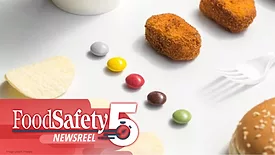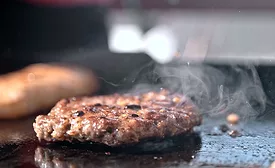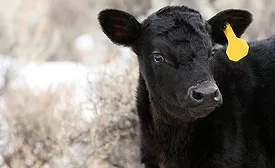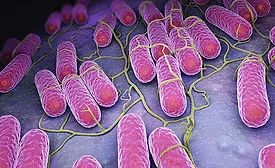Home » Keywords: » e.coli
Items Tagged with 'e.coli'
ARTICLES
Looking Back: E.coli O157:H7 and the Legacy of Dr. David Theno
The story of the 1992–1993 Jack in the Box outbreak is well documented, but how E. coli O157:H7 first showed up on the radar is less known
February 6, 2023
Spotlight
Back to the Future: From STEC to Salmonella
Five hard-won keys to reducing the presence of pathogens
April 16, 2021
Commentary | Fight for Food Safety
'Slam'-onella: punches likely to keep coming
November 4, 2020
Never miss the latest news and trends driving the food safety industry
eNewsletter | Website | eMagazine
JOIN TODAY!Copyright ©2025. All Rights Reserved BNP Media.
Design, CMS, Hosting & Web Development :: ePublishing







